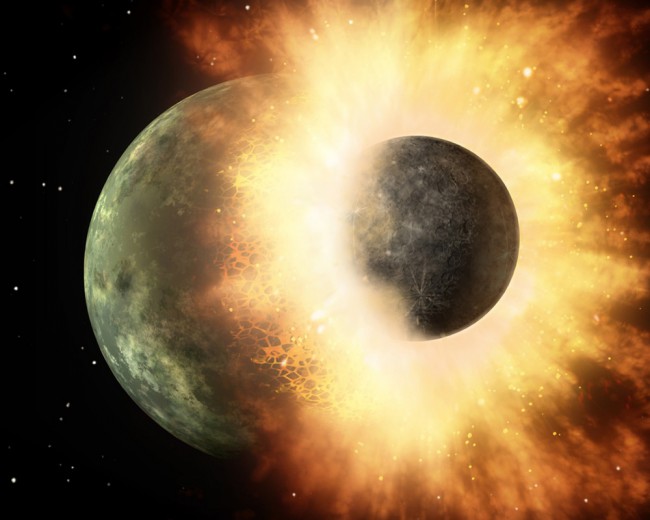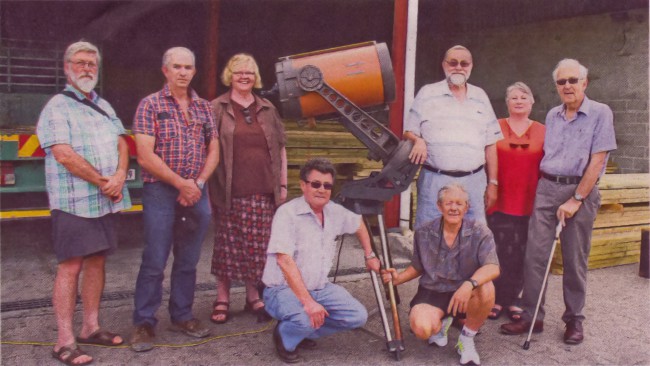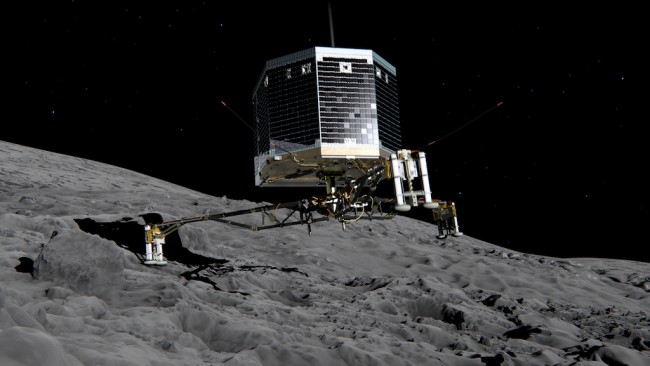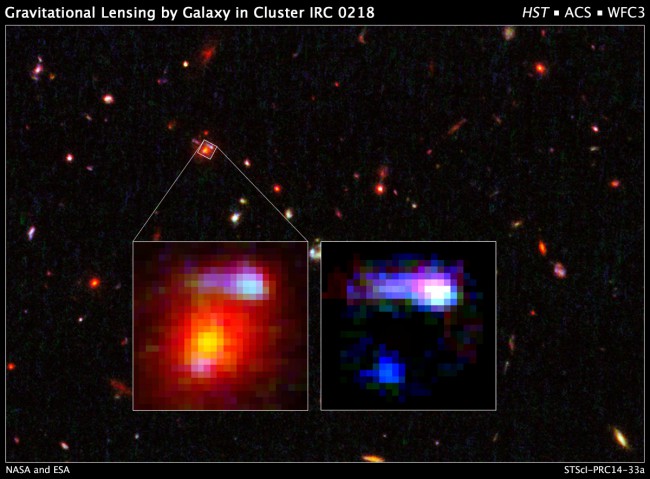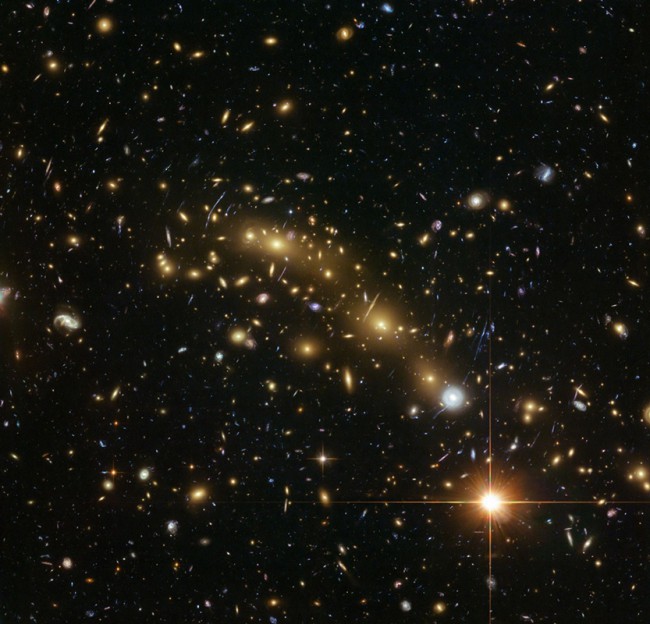Iron rain fell on early Earth, new Z machine data supports
An artist’s concept shows a celestial body about the size of our moon slamming at great speed into a body the size of Mercury. NASA/JPL-Caltech Instead of core formation occurring by iron sinking down to the growing Earth’s core in large blobs, that iron was vaporized, spread out in a plume over the surface of …
Iron rain fell on early Earth, new Z machine data supports Read More »

